Since ancient times, stone circles have attracted human attention as silent sentinels
to forgotten cultures and extinct rituals. Sparsely scattered across various
landscapes worldwide, these mysterious monuments question our present-day
understanding of prehistoric engineering and astronomical knowledge.
From remote highlands to windswept plains, these circular arrangements of
megalithic stones have attracted many theories about their purpose and
construction.
Stonehenge (Wiltshire, England)
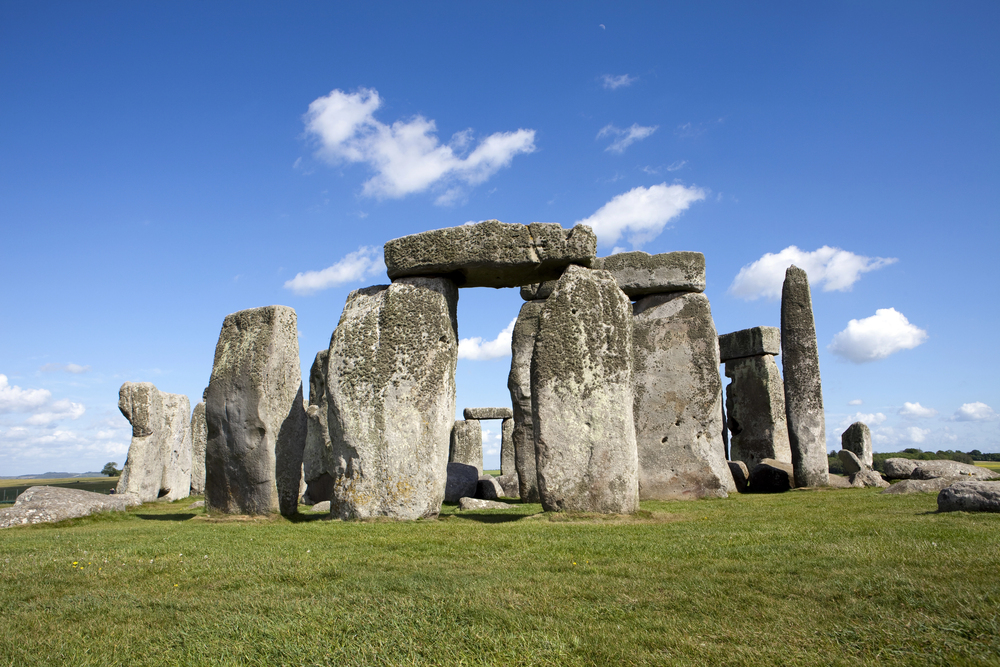
This is the most famous stone circle, proudly standing on Salisbury Plain, built
between 3000 and 2000 BCE. The four massive stones, weighing 25 tons each,
came from a quarry 18 miles away.
With precision alignment with the summer solstice sunrise, there must have been sophisticated astronomical knowledge about this place.
Callanish Stones (Isle of Lewis, Scotland)
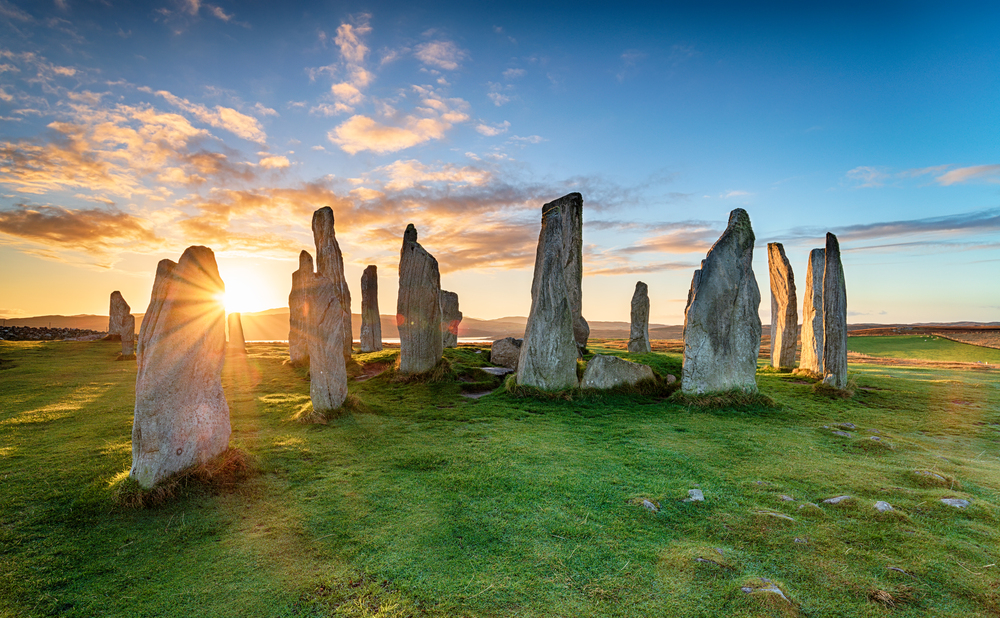
Rising from the windswept Hebridean landscape, this cross-shaped arrangement of
stones was erected around 2900 BCE. The central stone circle measures 43 feet in
diameter, with a prominent monolith standing 15 feet tall at its heart.
Local legends speak of giants turned to stone for refusing to convert to Christianity.
Like Travel Pug’s content? Follow us on MSN.
Ring of Brodgar (Orkney Islands, Scotland)
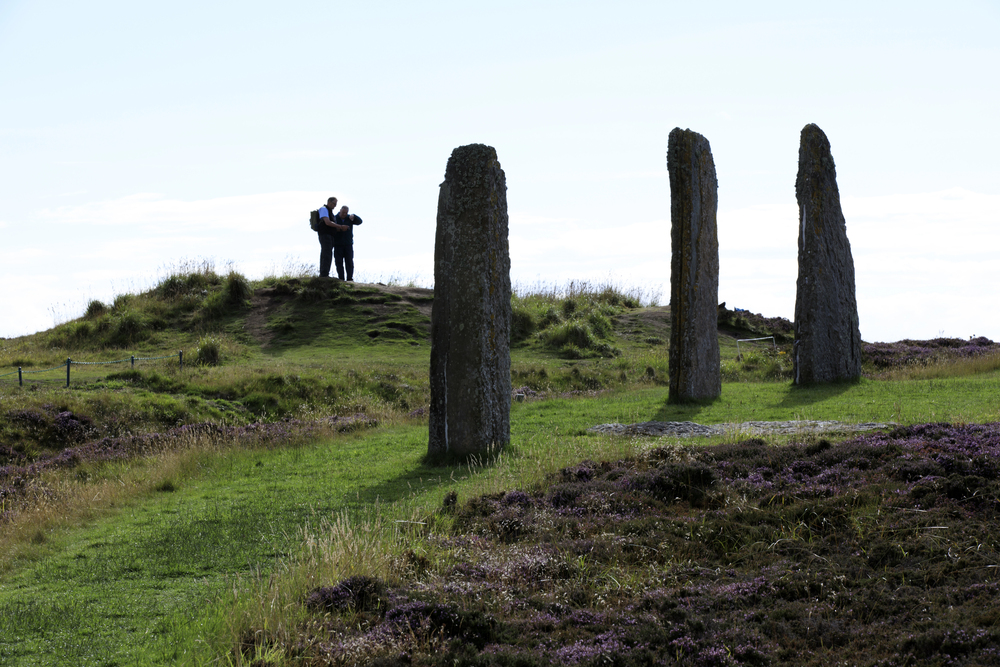
This Neolithic monument, originally consisting of 60 stones arranged in a perfect
circle 341 feet in diameter, dominates the landscape of Mainland Orkney. Built
between 2500 and 2000 BCE, the ring required the quarrying and transportation of
stones from several different locations.
Surrounded by a massive rock-cut ditch, it forms part of a larger ceremonial complex.
Avebury (Wiltshire, England)
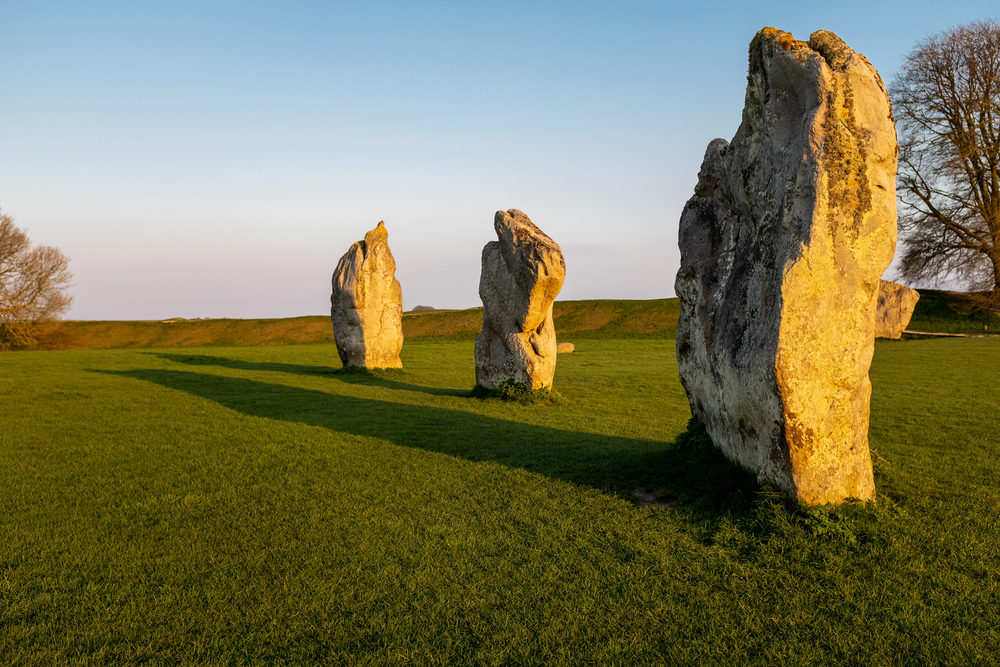
The world’s largest known stone circle, with a circumference of 1,088 feet, encompasses part of a modern village. Built between 2850 and 2200 BCE, it originally contained 98 sarsen stones, with three smaller circles nested within the grand outer ring.
The site’s massive scale suggests it served as a major ceremonial center.
Castlerigg (Cumbria, England)

Set against the dramatic backdrop of the Lakeland Fells, this Neolithic circle consists
of 38 stones arranged in a 98-foot diameter ring. Constructed around 3000 BCE, its
entrance appears aligned with the midwinter sunrise.
The circle’s spectacular mountain setting has led to theories about its role in prehistoric trade routes.
Like Travel Pug’s content? Follow us on MSN.
Rollright Stones (Oxfordshire/Warwickshire Border, England)
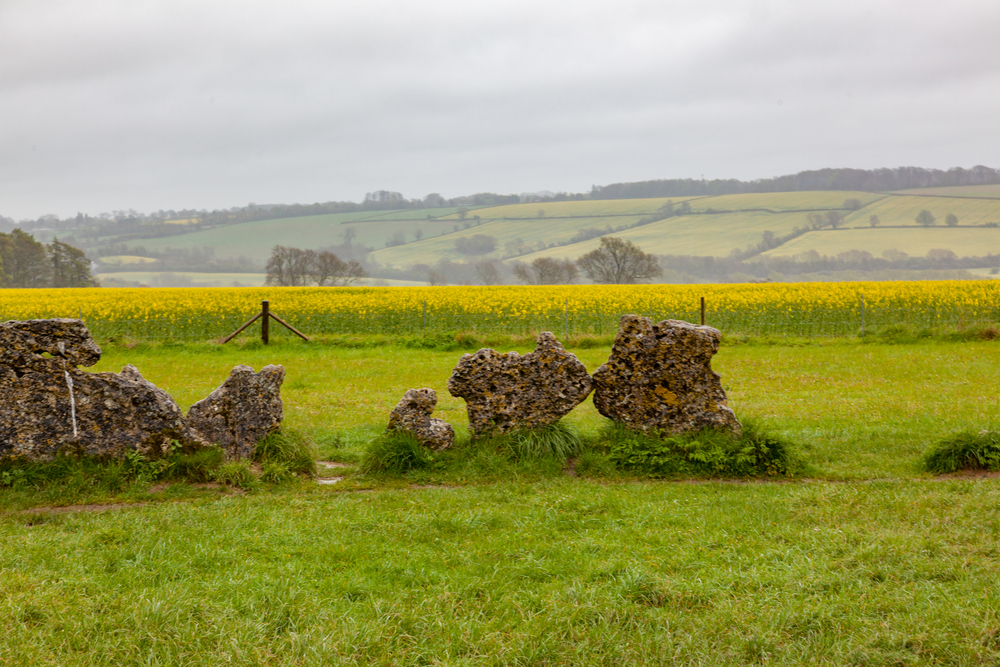
This complex includes three distinct monuments: the Kings Men circle, the
Whispering Knights burial chamber, and the single King Stone. The main circle, built
around 2500 BCE, consists of 77 closely spaced stones forming a 104-foot diameter
ring.
Local folklore claims the stones cannot be accurately counted.
Swinside Stone Circle (Cumbria, England)
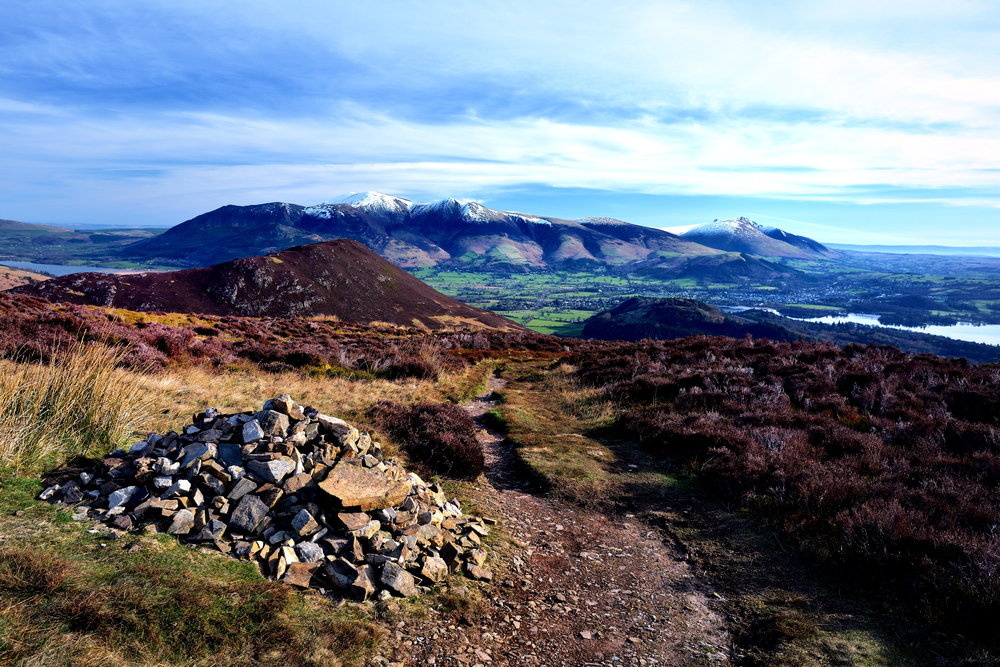
Hidden away in the Lake District, this nearly perfect circle contains 55 stones
arranged in a 93-foot diameter ring. Built around 3000 BCE, the circle features a
distinctive ‘entrance’ formed by two portal stones.
The site’s remote location has helped preserve its original layout.
Machrie Moor Stone Circles (Isle of Arran, Scotland)
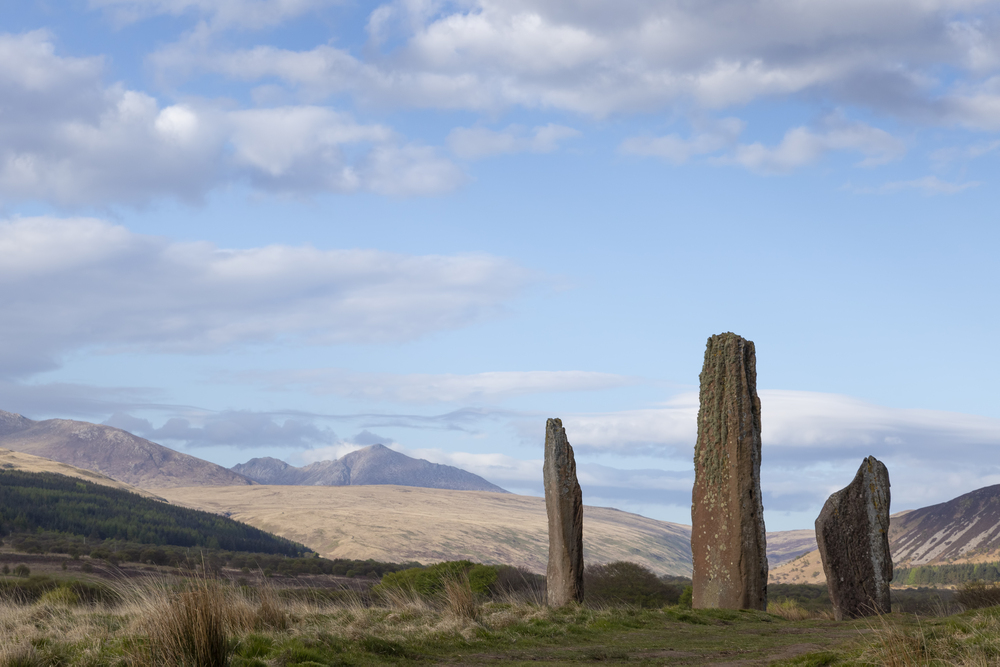
Six separate stone circles dot this atmospheric moorland, dating from around 3500-
1500 BCE. The most impressive circle features red sandstone pillars standing 18
feet tall.
These monuments reflect different construction phases and possibly changing ritual practices over two millennia.
Like Travel Pug’s content? Follow us on MSN.
Ring of Bookan (Orkney Islands, Scotland)
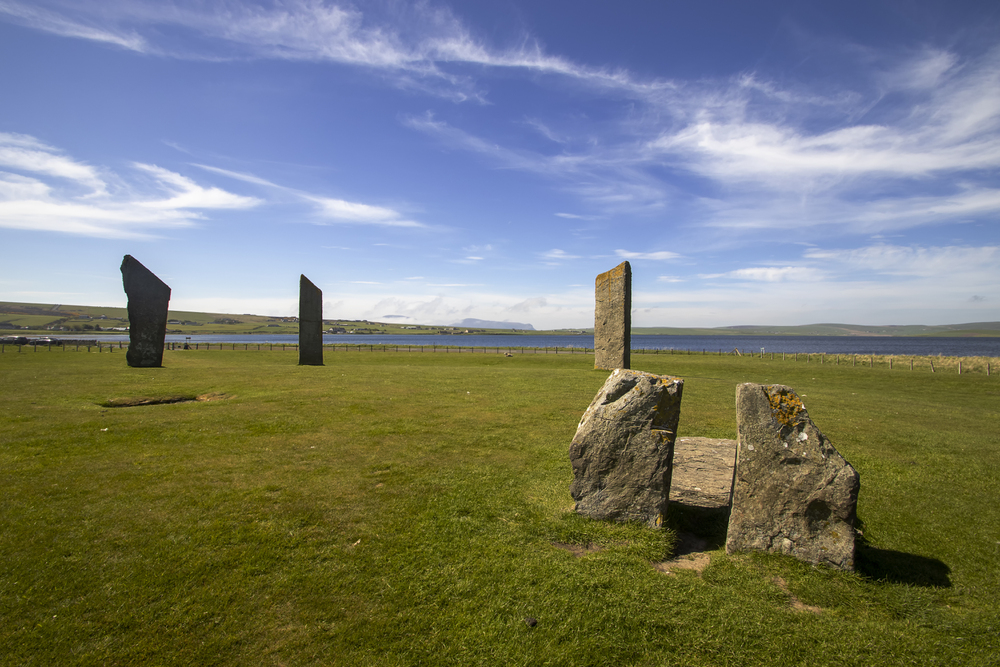
Part of the Heart of Neolithic Orkney World Heritage site, this lesser-known circle sits
atop a natural knoll. Built around 2000 BCE, the monument combines a stone circle
with a surrounding ditch and bank.
The site offers commanding views over the nearby Loch of Stenness.
Long Meg and Her Daughters (Cumbria, England)
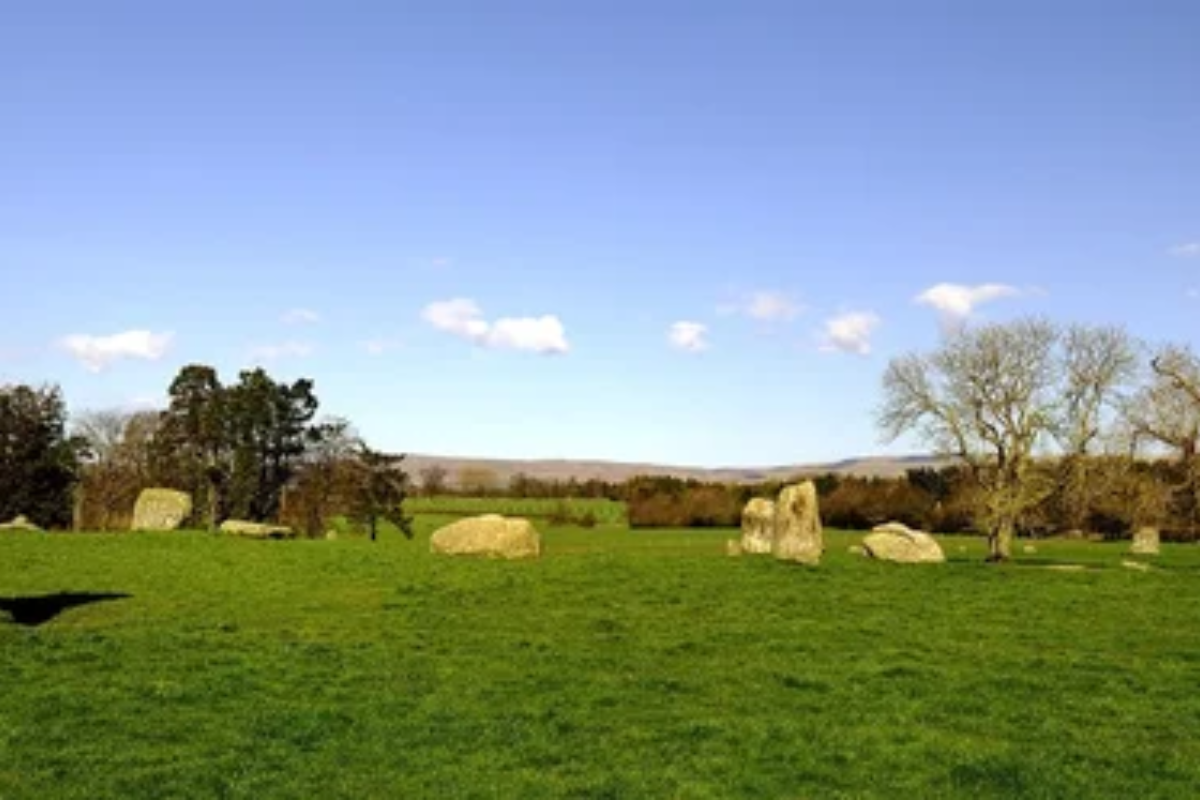
This impressive circle measures 360 feet in diameter, making it the second-largest
stone circle in England. Long Meg herself stands 12 feet tall outside the circle, decorated with mysterious spiral and cup-and-ring carvings.
The site’s name comes from a legend about a witch and her daughters turned to stone.
Merry Maidens (Cornwall, England)
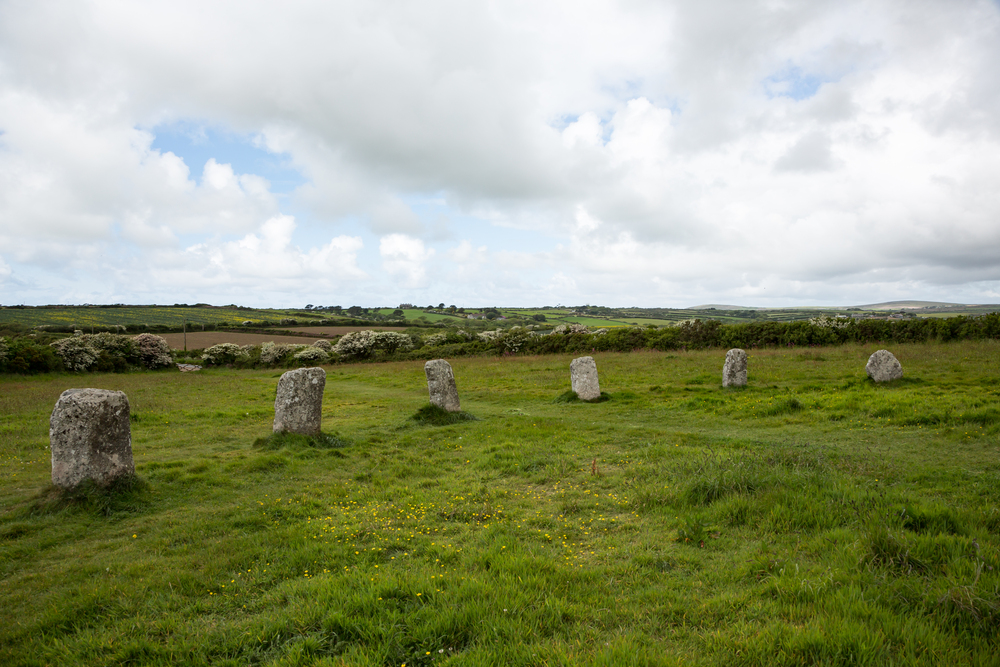
This perfectly circular arrangement of 19 granite stones stands in Cornwall’s ancient
landscape. Local legend claims the stones were young women petrified for dancing
on the Sabbath.
The circle’s nearly perfect symmetry suggests sophisticated geometric knowledge among its builders.
Like Travel Pug’s content? Follow us on MSN.
Beltany Stone Circle (County Donegal, Ireland)
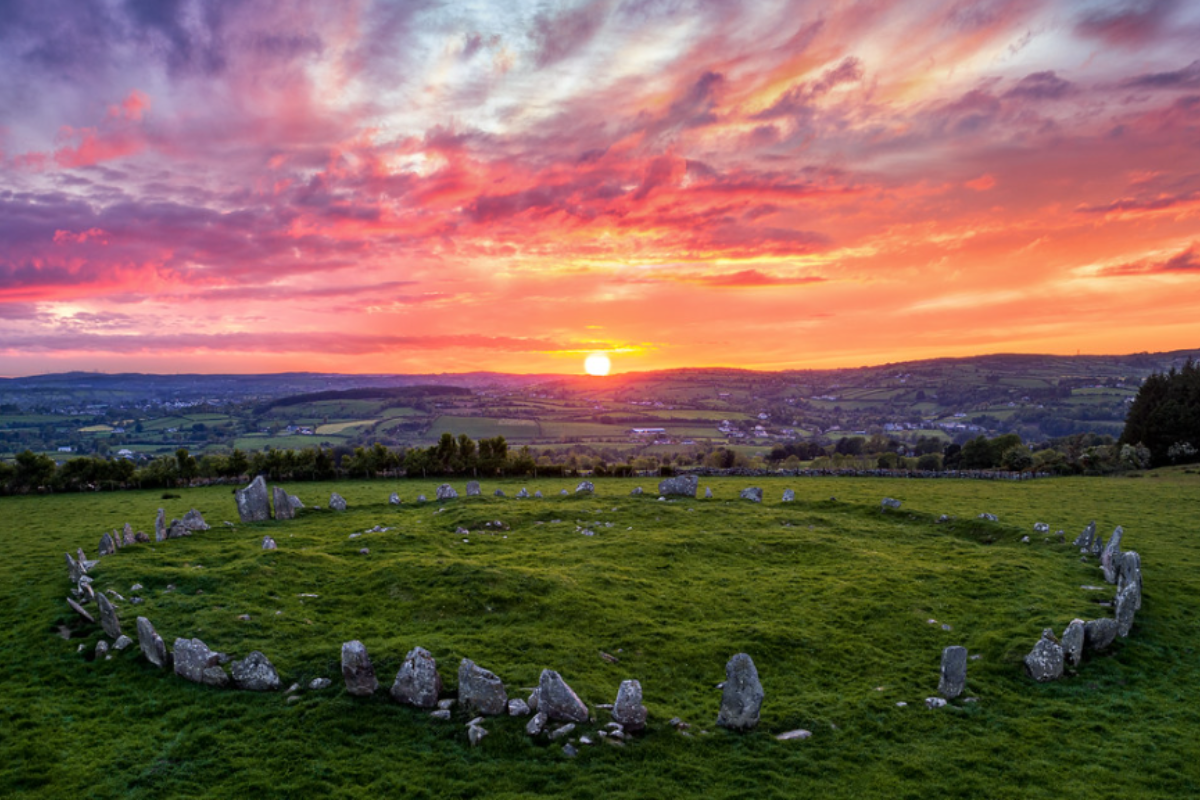
This monument, which crowns Beltany Hill, consists of 64 stones arranged in a circle
145 feet in diameter. Built between 1400 and 800 BCE, the circle may have been
used for Celtic Beltane celebrations.
One stone features distinctive cup marks, suggesting ritual significance.
Lios (County Kerry, Ireland)

Located on the Dingle Peninsula, this circle comprises 15 stones arranged in an
almost perfect circle. The monument dates to the Bronze Age and shows evidence
of astronomical alignments.
Its coastal location suggests possible connections to ancient maritime routes.
Grange Stone Circle (County Limerick, Ireland)
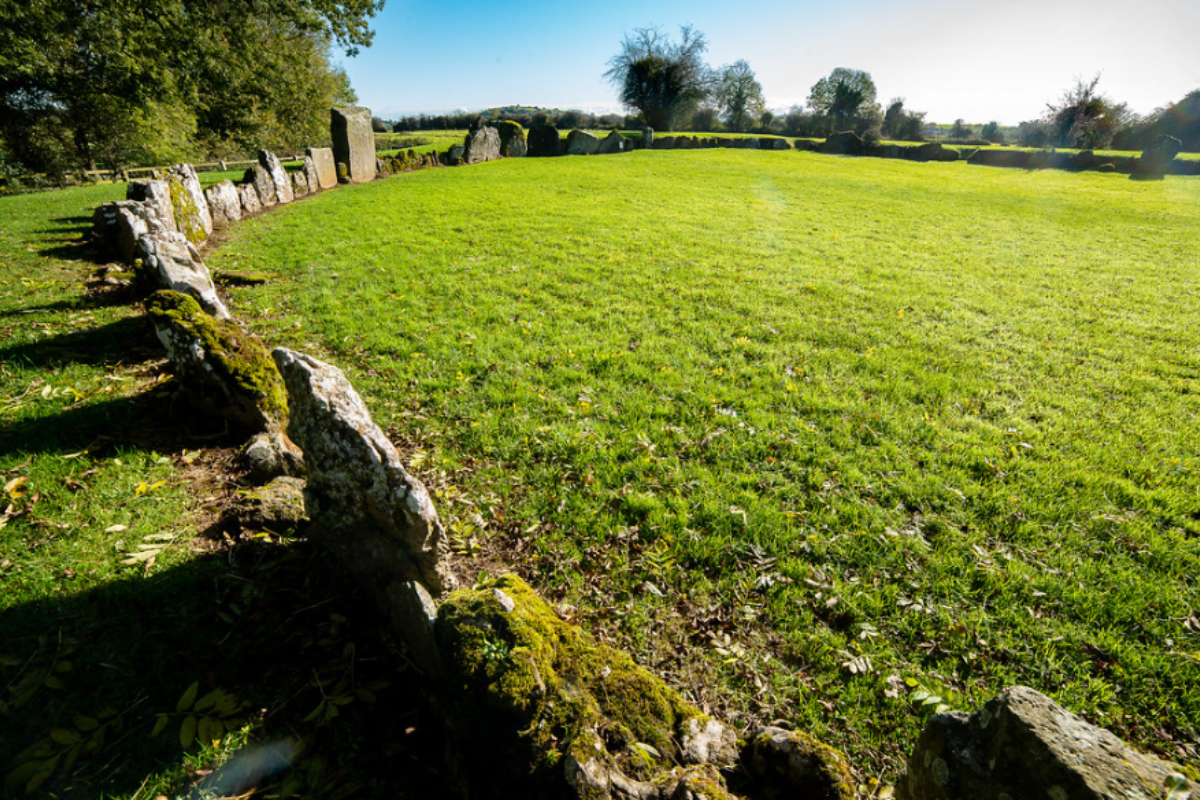
Ireland’s largest stone circle, which comprises 113 closely spaced stones, measures
150 feet in diameter and was built around 2200 BCE. The elaborate entranceway is
aligned with the summer sunset, and the site shows evidence of complex
engineering knowledge.
Like Travel Pug’s content? Follow us on MSN.
Drombeg Stone Circle (County Cork, Ireland)
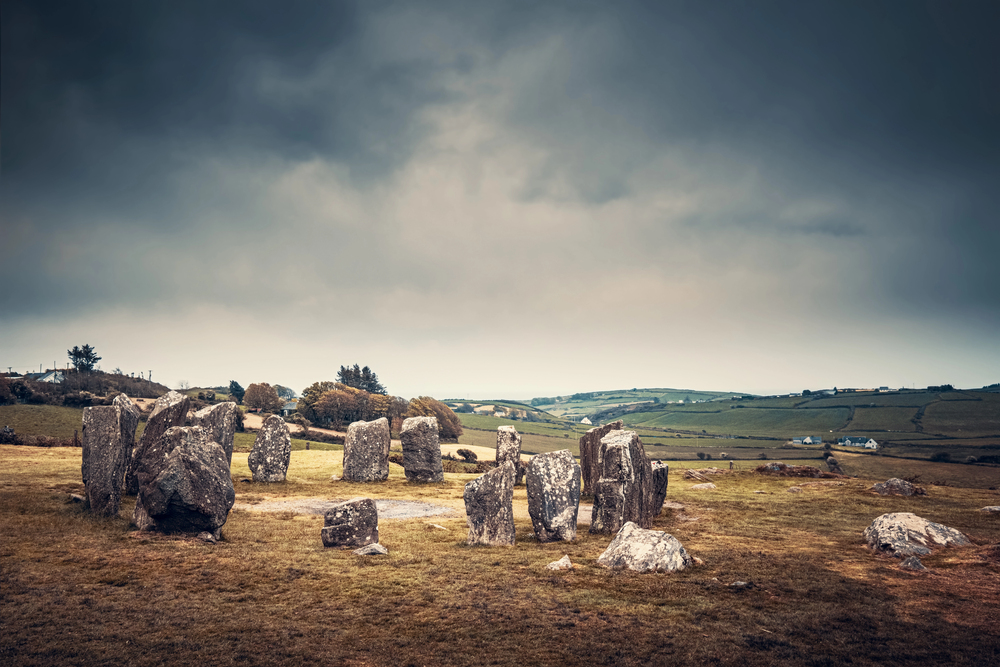
Also known as the Druid’s Altar, this recumbent stone circle consists of 17 stones
arranged in a 31-foot diameter circle. The circle’s axis aligns precisely with the
midwinter sunset.
Nearby cooking pits suggest the site hosted communal gatherings.
Beaghmore Stone Circles (County Tyrone, Northern Ireland)

This complex contains seven stone circles arranged in pairs, rows, and cairns. Built
around 2000-1200 BCE, the circles appear to have astronomical alignments.
The site’s intricate layout suggests sophisticated planning and astronomical knowledge.
Cerrig Duon (Brecon Beacons, Wales)

This remote circle, consisting of 18 stones arranged in a 60-foot-diameter ring,
stands in the shadow of Black Mountain. A stone row leading to the circle aligns with
the midwinter sunrise.
The monument’s isolated location suggests that its builders valued privacy for their rituals.
Like Travel Pug’s content? Follow us on MSN.
Temple Wood Stone Circles (Kilmartin Glen, Scotland)
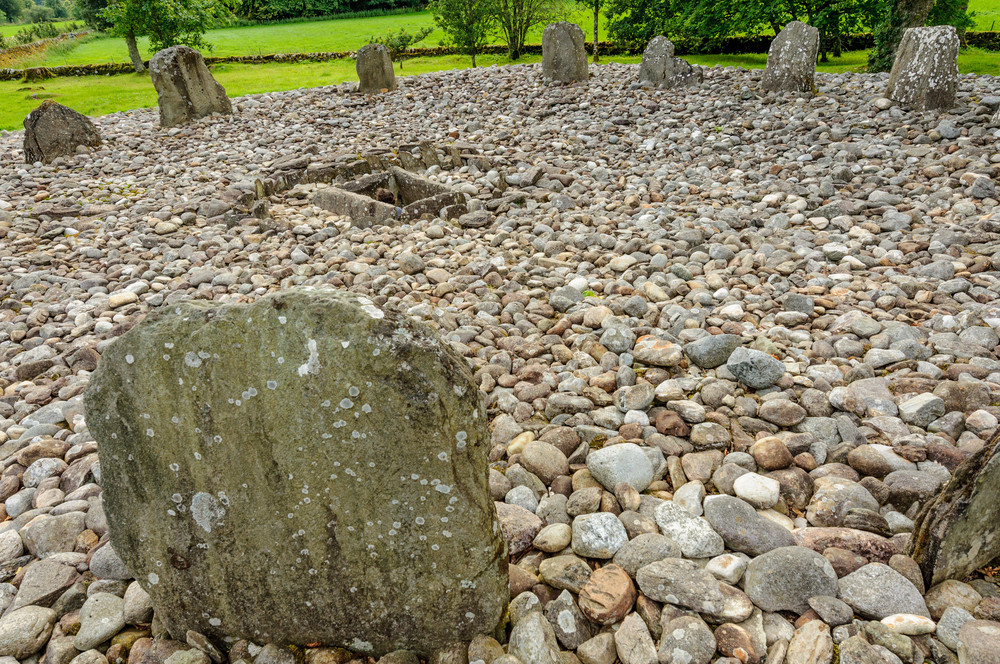
Two circles, one dating from 3000 BCE and another from 1000 BCE, demonstrate
evolving ritual practices. The southern circle was deliberately destroyed and rebuilt in
stone.
Evidence suggests complex funeral rites took place at this location.
Nine Stones Close (Peak District, England)
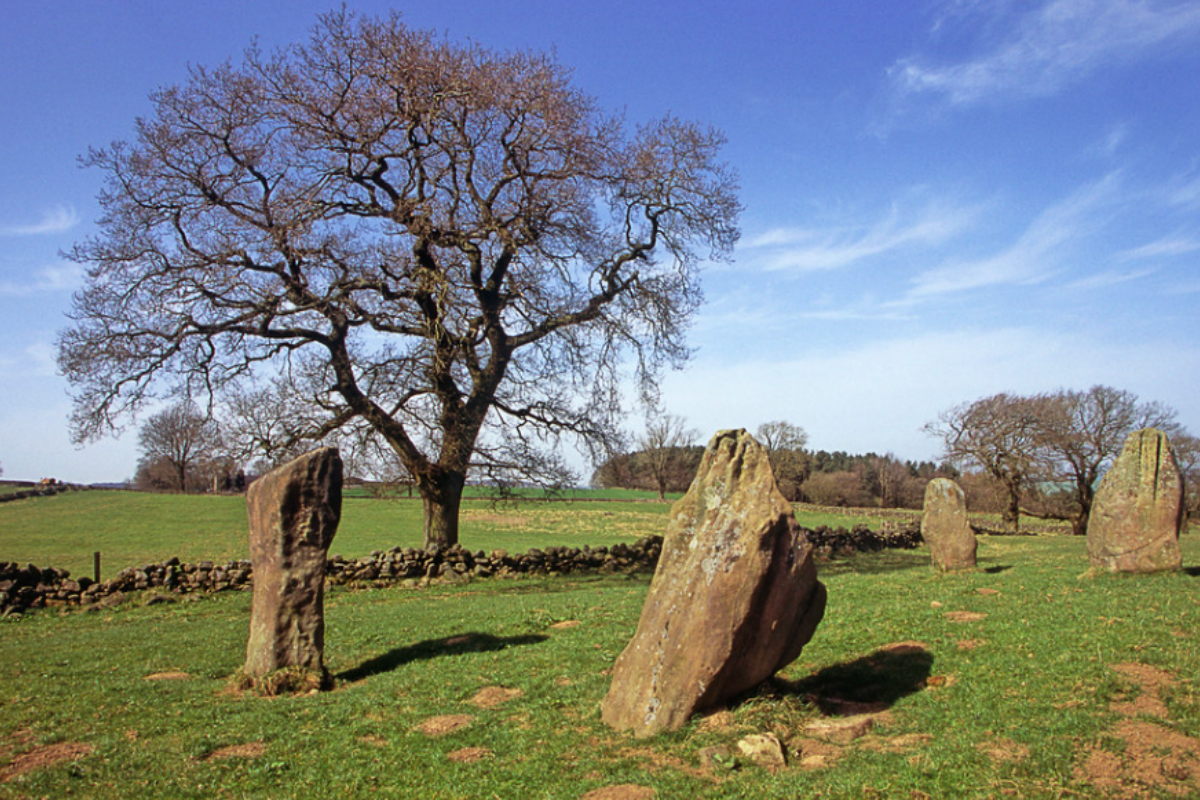
Despite its name, only four stones remain of this Bronze Age circle on dramatic
moorland. The circle, originally measuring 46 feet in diameter, shows evidence of
careful astronomical planning.
Its remote location has protected it from agricultural destruction.
Stanton Drew Circles (Somerset, England)

The circle has 30 stones measuring 371 feet in diameter. Recent geophysical
surveys suggest that wooden posts are anterior to the stones.
Indeed, it would seem that the site was one big ceremonial site.
Like Travel Pug’s content? Follow us on MSN.
Enduring Legacy of Ancient Innovation
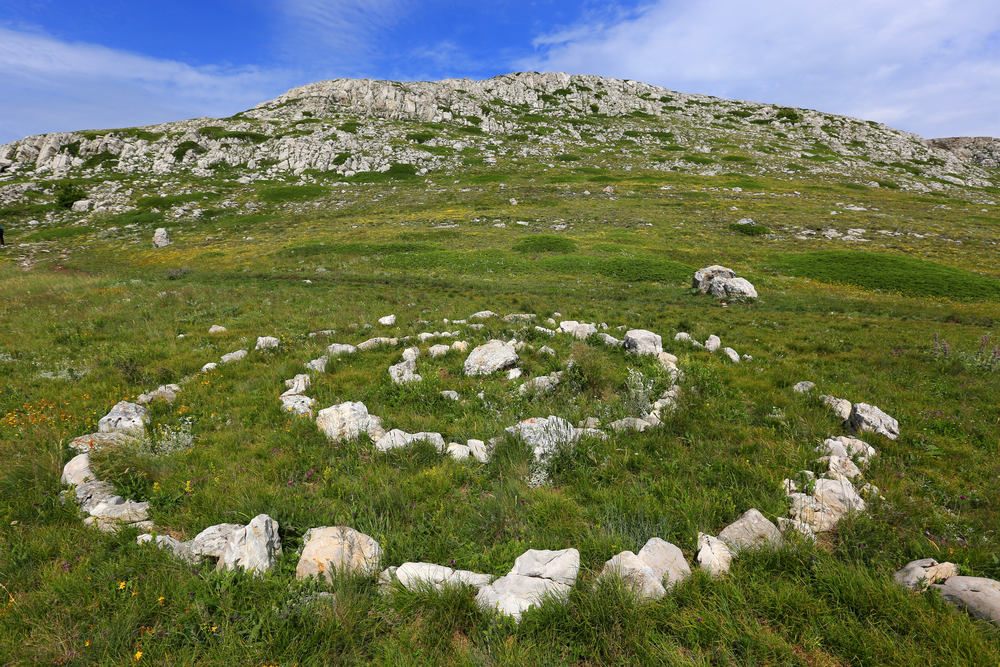
These stone circles are a good example of the wonderful achievements of early
humans in engineering and social organization, particularly in astronomy. They have
contributed greatly to human inspiration, speculating on the creators’ beautiful
understanding of the natural world.
However, their actual purposes may remain forever mysterious to the world of human knowledge.
More from Travel Pug

- 15 Dangerous European Cities to Avoid
- 15 Caribbean Islands Where Tourists Keep Getting Scammed
- The 20 Most Fascinating Abandoned Places: A Journey Through Time and Forgotten Spaces
- 15 Hidden Places in the Smithsonian Museums Locals Love: A Guide to Lesser-Known Treasures
- 16 Hidden Florida Beach Towns That Aren’t Overrun with Tourists
Like Travel Pug’s content? Follow us on MSN.
